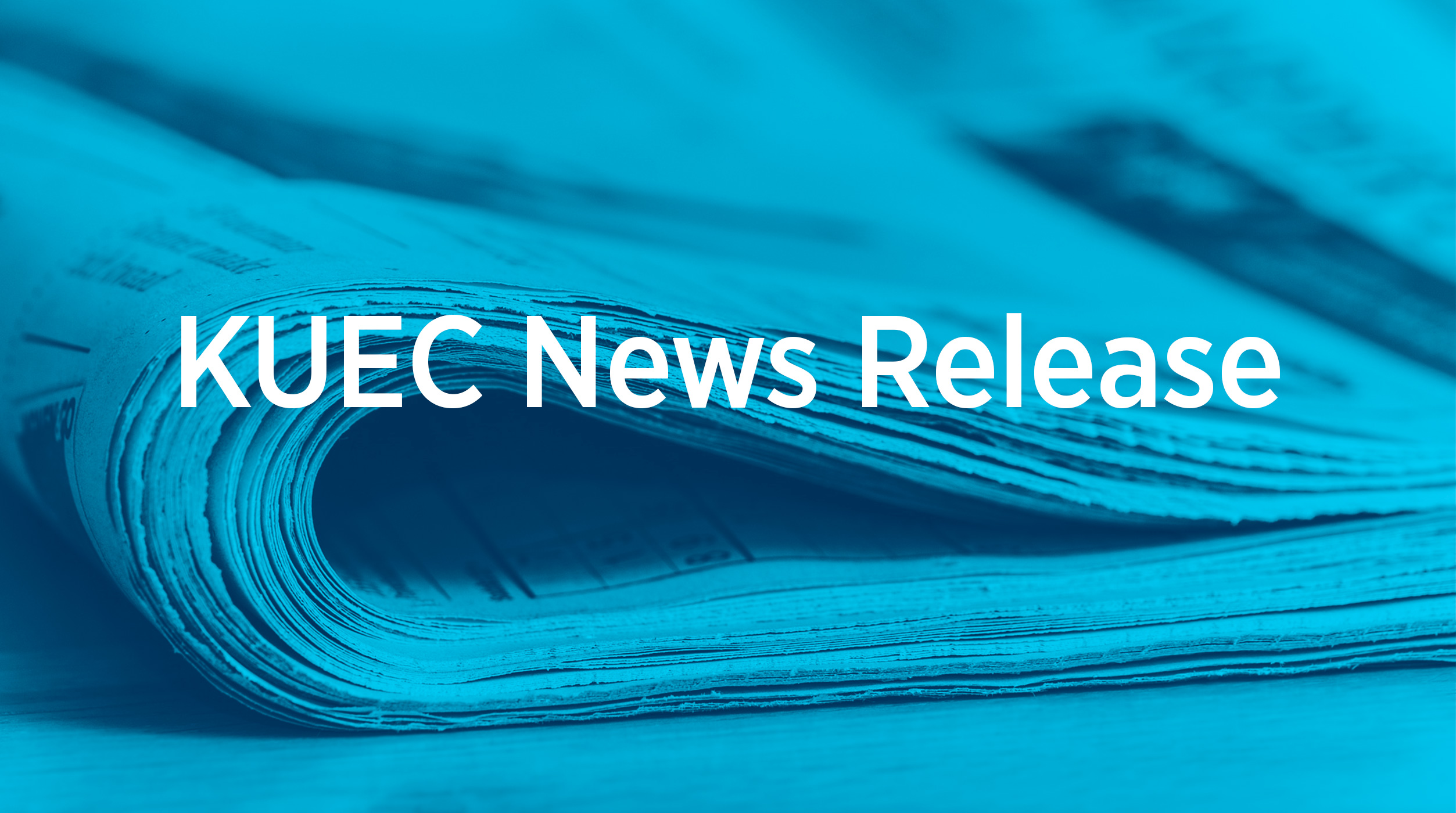KU acting to reverse enrollment decline

LAWRENCE - Enrollment figures for fall 2011 were released today, with KU's overall enrollment declining 2.5 percent to 28,718. The academic readiness of incoming students remains strong, with the average ACT score tying last year's record at 24.9, and the diversity of KU's student body reached another record high.
Increases in enrollment at the KU Medical Center and the KU Edwards Campus were offset by declines on the Lawrence campus. New recruitment and retention practices, including new renewable scholarships and more active academic support for students, are designed to reverse this decline and increase enrollment.
"For KU to achieve its mission of educating leaders, we need to reverse this decline. That's why recruitment and retention are areas of specific emphasis in our strategic plan. And it's why we have already undertaken initiatives to increase the number of students who come to KU ready to succeed," Chancellor Bernadette Gray-Little said.
"Aggressively recruiting students who go on to earn their KU degrees must be a priority for every member of our university," she said.
One change that will benefit students and their families is KU's new package of renewable scholarships worth up to $40,000 for new students enrolling in fall 2012. New need-based aid for students who receive Pell Grants and meet academic requirements is also available. Details on how KU is making college affordable are here.
Matt Melvin, Vice Provost for Enrollment Management, joined KU in October 2010 and has been leading KU's shift to an enrollment management philosophy. He said KU had previously not responded to changes in the college marketplace as effectively as it should have.
"We are taking a purposeful, data-driven approach to recruiting and retaining students. Through the changes we've already made and the improvements outlined in the strategic plan, we're going to be successful in bringing more students to KU and ensuring more students graduate," he said.
Melvin said the record-setting class of 2008 is starting to graduate and as those students leave KU, the need for more aggressive recruitment only increases. Enrollment management is one of the areas selected for detailed study in the Changing for Excellence initiative, and KU also plans to provide additional distance learning options through the Center for Online and Distance Learning, created in May.
Compared to fall 2010, domestic first-time freshman enrollment on the Lawrence campus is up, with the year-to-year decline in the overall freshman class attributable to a drop in international freshmen. This is largely the result of a new requirement this year that international applicants submit a Test of English as a Foreign Language (TOEFL) score with their application.
The academic readiness of the incoming class in Lawrence continues to be at record levels, with the incoming class' average 24.9 ACT score exceeding the national average of 22.2. KU's overall diversity also reached a new high of 15.3 percent, aided by an incoming freshman class that is 19.6 percent minority.
The KU Medical Center saw a 2.3 percent increase in overall enrollment, which includes students at the new School of Medicine-Salina and the School of Medicine-Wichita, which is now a four-year program.
The Edwards Campus also saw gains, including in programs made possible by Johnson County taxpayers through the Johnson County Research and Education Triangle. For example, the Bachelor of Business Administration program saw a 115 percent year-to-year increase in credit hours taken. Overall, there was a 2 percent increase in credit hours taken at the Edwards Campus.





